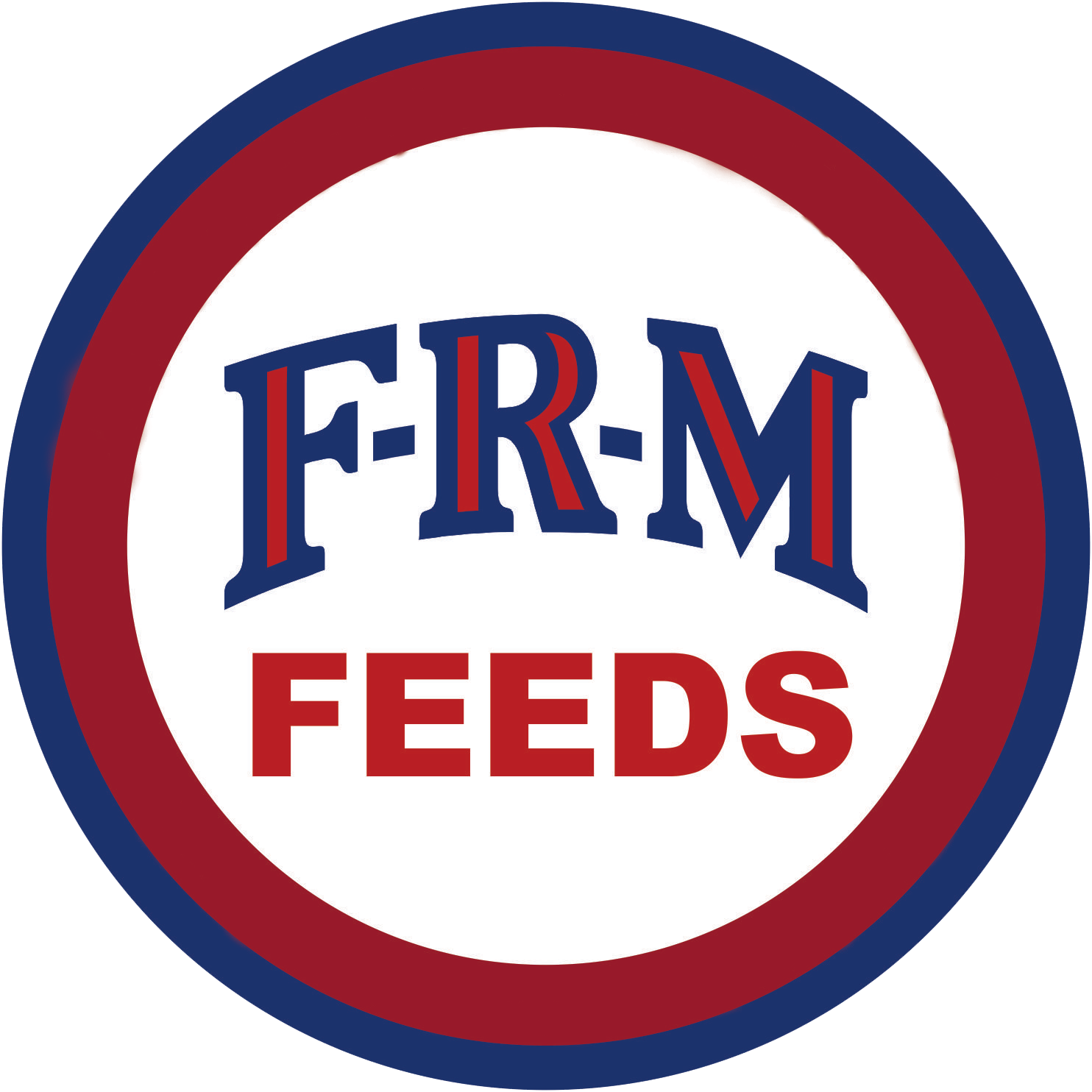Introduction
As an experienced hog farmer, you are probably aware of just how important a good feeding program is to your production. Pigs that receive proper nutrition and adequate disease protection stay healthy, withstand stress, and gain extra pounds. Maximum weight gain can be achieved and those extra pounds mean money in your pocket later on.
But you also know that getting top production doesn’t come cheap. Feed costs can add up to 77% of your total production outlay. Naturally, good conversion and disease protection become more important than ever. And in the critical first weeks of growth, it is essential that your pigs be kept disease-free and nutritionally sound.
The Critical Period from Birth to 50 Pounds
Because pigs are born with almost no natural immunities, they are especially vulnerable to disease. For a while, the sow is able to provide protective antibodies through her milk. But the baby pig’s ability to absorb these antibodies rapidly declines, and is almost entirely lost 12 hours after birth.
Nor can the sow be expected to provide all the nutrients her litter needs. At the end of three weeks, her milk supply begins to fall off sharply. By this time, the baby pigs should already be accustomed to a supplementary feed that is high in protein and protective medication.
Farrowing, Lactation and Baby Pig Care
- GUIDELINES
Move sows to the farrowing barn 3 to 7 days before farrowing. - Wash and treat sows for external parasites prior to moving them into the farrowing crate.
- Avoid mixing of groups of sows before farrowing.
- If possible, be present at farrowing.
- When possible, the size of litters should be adjusted to the number of functioning teats or the nursing ability of the sow.
- At birth, wipe pigs dry, dock tails, clip needle teeth and disinfect naval cord with iodine spray.
- Encourage pigs to nurse as soon as possible.
- Pigs should be injected with iron at 2 to 5 days of age.
- Castration of pigs should be done as early as possible to reduce stress.
- The age at which litters and sows may be run together will usually be two weeks, although small groups may be put together as early as one week.
- Keep pigs warm, dry, and FREE FROM EXPOSURE TO DRAFTS.
- Start providing a Baby Pig Starter feed at 7 days of age. (FRM no longer manufactures a Baby Pig Starter)
Starting Pigs
The period after weaning is an extremely critical period which will greatly influence the overall performance and profit of the market hog. Everything must be done to minimize the post-weaning slump.
- GUIDELINES
Wean pigs from the sows, do not re-group or move the pigs for a few days. - Do not change feed at the same time as weaning. Wait at least one week.
- Treat for external parasites at 6 to 8 weeks of age.
- Do not let the feeders get empty.
FRM Pig Popper Pellets
After 5 weeks of age, pigs should be switched to FRM’s 16% high energy growing feed, Pig Popper Pellets. Pig Popper contains 100 gms/ton of Chlortetracycline to increase rate of weight gain and improve feed efficiency. Reduce the incidence of cervical lymphadenitis (jowl abscesses) caused by group Escherichia streptococci susceptible to Chlortetracycline.
FRM’s Feed Benefits To You
With FRM’s high energy, medicated pig feeds, you can expect an increase in weight gain up to 31%, and an improvement in feed efficiency up to 12%. Based on these results, pigs put on this program for 9 weeks would gain an extra 13 pounds each. In eight trials with more than 500 feeder pigs fed on this program, the test group gained 11 pounds more per head on 17% less feed per pound of gain than did the control group.
To produce the results you want, the Baby Pig Starters must be used correctly. Follow directions carefully, and remember these important points:
1. Baby Pigs may not each much at first. Limit amounts and keep feed fresh at all times. Always remove unused amounts each day. Store and use this later when pigs are eating more.
- Don’t leave bags sitting open. Feed will become stale and pick up hog house odors.
- If possible, place the creep area near a heat lamp. The feed will give off an aroma and draw pigs.
- Keep fresh water near the creep. This will encourage feeding.
- Don’t change feed at weaning. Wait at least one week in order to reduce stress.

